It’s that time of year again. No, not the Holiday Season, but the moment the biggest rally raid event in the world, the Dakar Rally, kicks off in earnest.
Much has changed throughout the history of the Dakar, now in its 44th edition, but there’s something particularly different about the 2022 event. For the first time, alternative energy powered competitors will be at the forefront of the Dakar, across the car and truck categories.
And this is going to extend to all classes by 2030 as the Amuary Sport Organisation, which governs the Dakar and the recently formed FIA Rally Raid World Championship, is changing the face of cross-country rallying for the better.
That’s not to say that the Dakar will lose any of its spark. In fact, it is likely to only add to what makes it such a special event.
To get you in the mood for the latest chapter in the last true adventure in motorsport which has already begun, here are five things that mark the Dakar out as a unique challenge.
Endurance
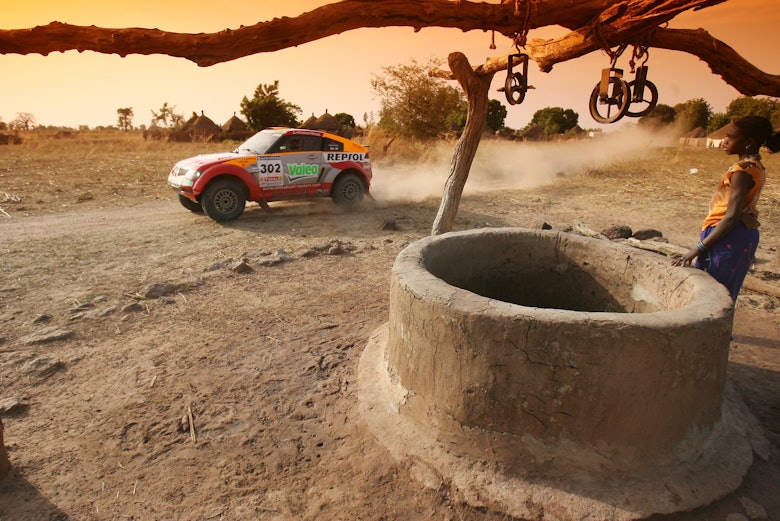
Long-time followers of the Dakar will be quick to counter that the modern version of the great event is not what it used to be, and they are quite correct. The Dakar doesn’t traverse the sort of lengths that it did in the 1980s and 1990s, but that doesn’t mean that the test is diminished by any stretch.
The endurance element remains one of the most demanding aspects of the Dakar. Competitors cover the equivalent of one World Rally Championship rally per day, for 12 days. That’s hundreds of miles each day, with liaison time amounting to nearly four hours on average and the special stages just as long. It all means (very) early starts and arriving back at the bivouac paddock area well into the evening.
It’s a test of mechanical, physical and mental endurance. Keeping your focus on the fast, sandy tracks at high speed and navigating around dunes that can be upwards of 100m is one thing, but your machine needs to last the distance as well. Time and again. For 12 long, arduous days.
Navigation
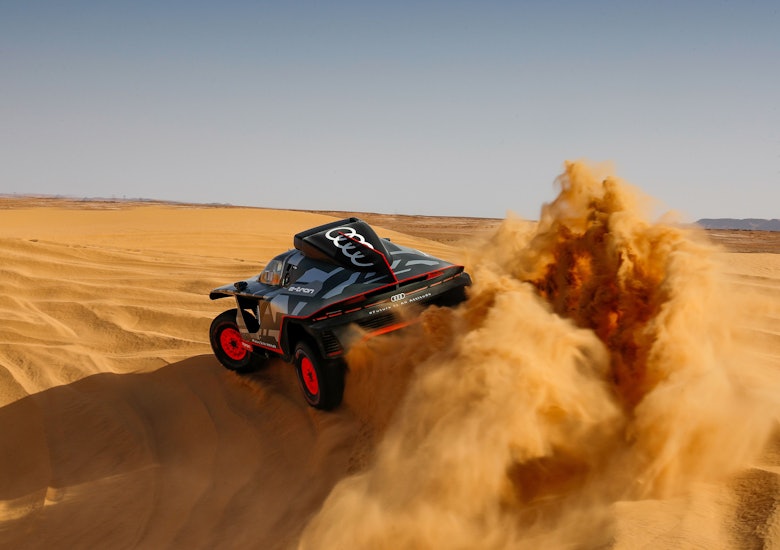
By its very nature, the Dakar is impossible to predict. There are elements that are foreseeable, such as the terrain in front of competitors, but everything else is largely blind. It harks back to the days of blind stage rallies in the 1980s where drivers had only a simple roadbook to rely on to know where they were supposed to go. For the Dakar, the roadbook has been a contentious issue in recent times, particularly since new rules were introduced ahead of the 2020 edition.
That has outlawed navigators getting the roadbook the night before the next stage, with the organizer now giving crews the roadbook (in digital form) just 15 minutes before the start of the stage.
Competitors are given a coordinate to follow, which can range between five miles and 15 miles, meaning that near-100% trust in the roadbook is necessary.
For relative newcomers to the Dakar, such as Mattias Ekström and his navigator Emil Bergkvist, it’s all about balancing full-out attack with dexterity.
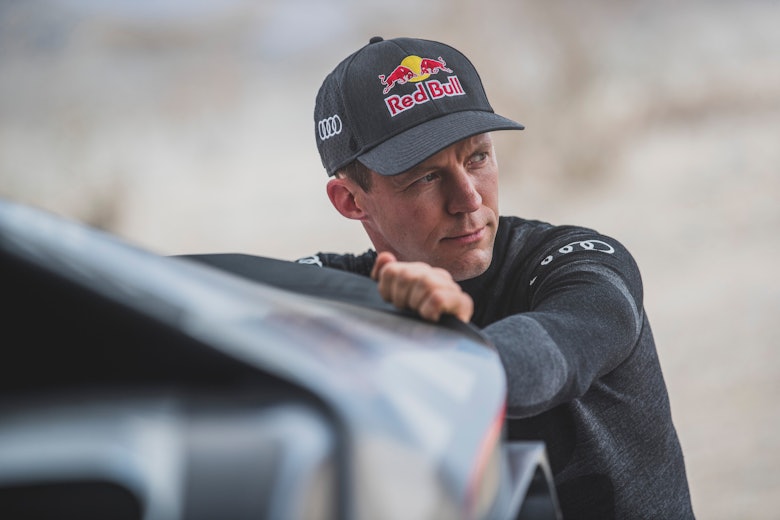
“If you don’t have pacenotes, you can’t push too much, if you come up to a blind corner it’s not like you can say, ‘That’s a left six over crest’ and you stay flat,” says Ekström.
“It might be a left one over crest with a steep dip behind, so driving with what you can see is quite fun in a way because it makes you control yourself a lot easier. For the moment, I’m not suffering but that might change, I’m enjoying that it’s not flat-out all the time.”
Time
Like in all motorsport, time is of the essence on the Dakar. You’re up against the clock every time you step into the car, or onto the bike. The liaisons are punishing and long, while the special stages need no introduction. There’s plenty of time to be gained, but plenty to be lost in equal measure.
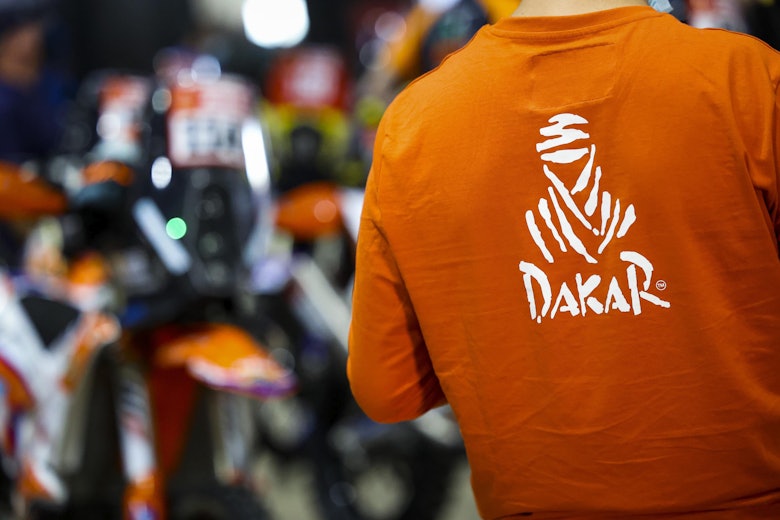
The main issues in recent years have been punctures and navigational woes, both of which contribute to heaps of time being shipped.
Just last year, X-raid Mini’s Carlos Sainz – a three-time winner of the event – lost over half an hour on one stage because of navigational issues, while Toyota endured over 100 punctures across its roster of cars.
Suffering the most of all in 2021 was Prodrive’s Sébastien Loeb, who was forced to wait in the middle of the desert until nightfall with co-driver Daniel Elena before the support truck arrived to attempt to repair his Bahrain Raid Xtreme car.
Speaking to DirtFish, Loeb said that, while he never wanted to experience this again, it was part of the Dakar experience.
“It was not an enjoyable moment for me, that’s for sure,” said Loeb.
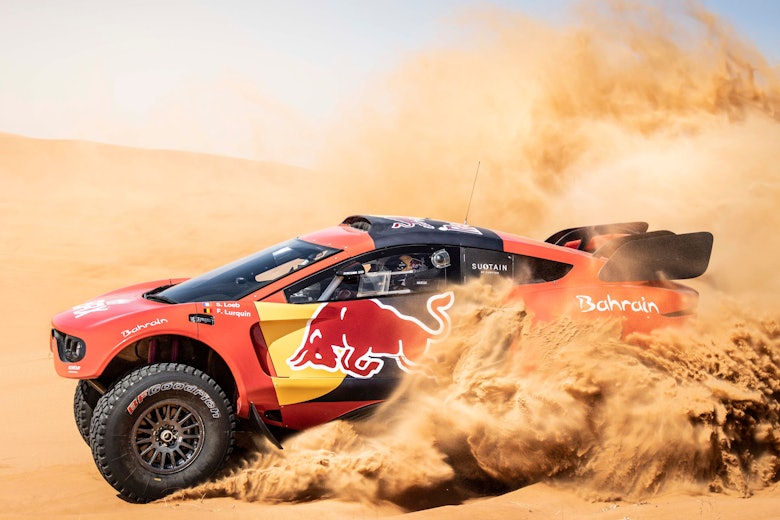
“But we all know this can happen in the Dakar and it can happen to anyone. You have to anticipate these things and adapt in the best way possible.”
Compatriot Guerlain Chicherit, who is piloting a similar bio-ethanol car to Loeb’s Prodrive BRX Hunter, says losing the least amount of time is just as important as maximizing the gains during the stages.
“You can have a car which is super-fast for 50km, but if it doesn’t last 100km then that’s no good,” he told DirtFish.
“Everybody will have problems at some stage, and the trick is knowing how to fix these problems the fastest which will be the key on the Dakar.”
Adventure
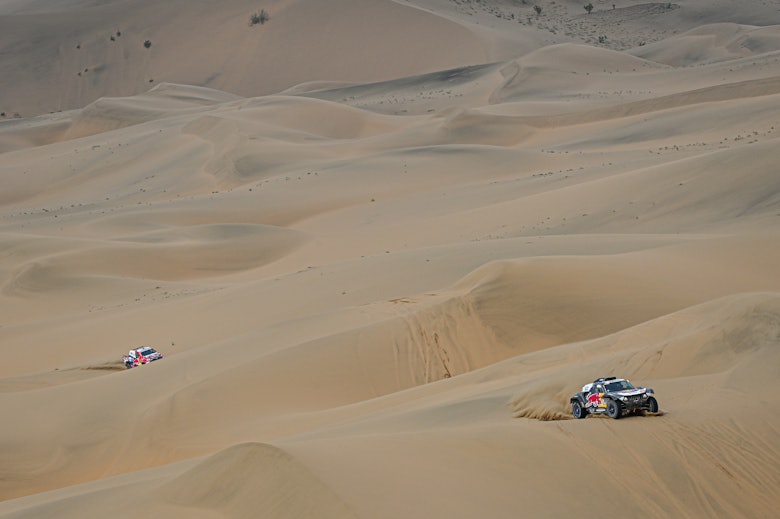
The founder of the Dakar, the late Thierry Sabine, always believed in the adventure aspect of rally raid, and it was his own personal adventure – which turned sour as he ended up a defeated and lost competitor on the Abidjan-Nice rally in 1977 – that inspired the creation of the Dakar.
Over the years, the term “adventure” was taken and pushed to the extremities of the definition. Ask Ari Vatanen, who lost a near-certain victory in 1988 when his Peugeot 406 T16 was stolen before the penultimate stage, giving team-mate Juha Kankkunen the win.
Then there was the famous “Air Lift” in 2000 which, following the threat of terrorist activity in Niamey, Niger, forced the bivouac to be transported by three massive Antonov planes to Libya to continue the race.
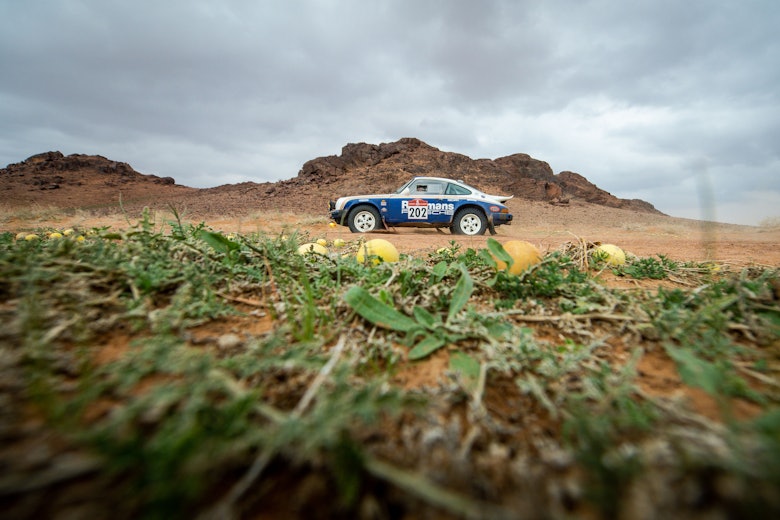
The uniqueness of the roadbook marks a welcome return to the true navigational adventure these days and the event is a lot safer than it was back in the day.
Make no mistake, the Dakar Rally is still one for the purists and there are plenty of dunes, rocks, fesh-fesh and riverbeds to make this the ultimate challenge in rallying.
Evolution
Believe it or not, the Dakar Rally has been an evolving event since the day it began. From humble beginnings in 1978 and 1979, the rally quickly became a main attraction for manufacturers, not through direct factory efforts initially, but through heavily backed customer operations.
This is what gave Freddy Kottulinsky – grandfather of Extreme E driver Mikaela Åhlin-Kottulinsky – victory in 1980 aboard a Volkswagen Iltis, and encouraged the likes of Porsche, Range Rover and ultimately Peugeot to join the party before the end of the decade.
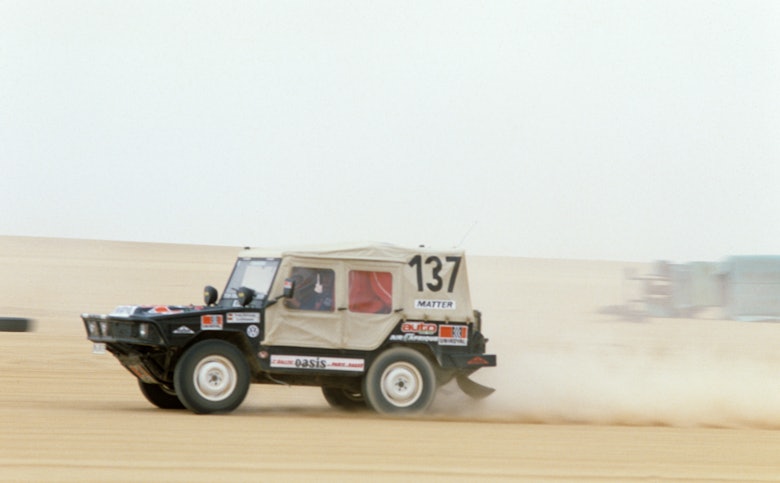
Come 1987, the Dakar was soon becoming a factory paradise and, with Sabine tragically killed during the 1986 edition in a helicopter crash, the format of the Dakar was also changing.
Ostensibly the “Paris-Dakar”, starting in the French capital and finishing along the Lac Rose in Senegal, the Dakar did in 1992 something it had never done before. Instead of being based primarily in north Africa, it ventured south to Cape Town, with a statement finish in the Rainbow Nation to mark the end of the Apartheid regime in the country. That edition was dogged by bad weather and heavy rain throughout and the Dakar never returned to that part of the continent again.
Another sign of the evolution of the Dakar came in the mid-2000s, when Volkswagen ran the first Diesel-powered car to win the event, with Giniel de Villiers and Dirk von Zitzewitz.
That victory came on the Dakar’s first time outside of Africa as well, with South America hosting the first of its 10 editions in 2009. Saudi Arabia has been the host since 2020.
So, it’s perhaps unsurprising to see that the Dakar continues to evolve and develop new technologies to help it continue into the future. Alternative energies are the next addition to the rally raid, and the talk is of the event returning to a true cross-country format before long.





